- Joined
- Aug 22, 2012
- Messages
- 4,101
Had a better day today.
I cleaned up the horrible thread with a small triangular file till it fit, its still horrible with torn bits but it does work and as the section it screws into has a long thread its actually quite smooth in action much to my surprise.
At least I now have real measurements to make a new one from. (gotta look on the bright side.

All screwed up, the top aluminium section with the bearings will bolt to the top of the plate with all the mounting holes.

The small top hat section clamps to the centre of the top roller bearing and will have a round dial marked in 1/10's with a friction sliding fit so if I need to be accurate with the slides movement I can.
The handle (when I can decide upon a shape) will be pinned to the top of the top hat and held with the dome nut.
Now back to the gibbs.
I cleaned up the horrible thread with a small triangular file till it fit, its still horrible with torn bits but it does work and as the section it screws into has a long thread its actually quite smooth in action much to my surprise.
At least I now have real measurements to make a new one from. (gotta look on the bright side.

All screwed up, the top aluminium section with the bearings will bolt to the top of the plate with all the mounting holes.

The small top hat section clamps to the centre of the top roller bearing and will have a round dial marked in 1/10's with a friction sliding fit so if I need to be accurate with the slides movement I can.
The handle (when I can decide upon a shape) will be pinned to the top of the top hat and held with the dome nut.
Now back to the gibbs.
Last edited:


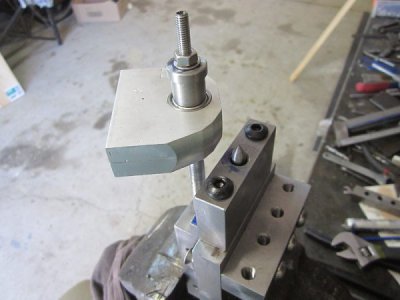
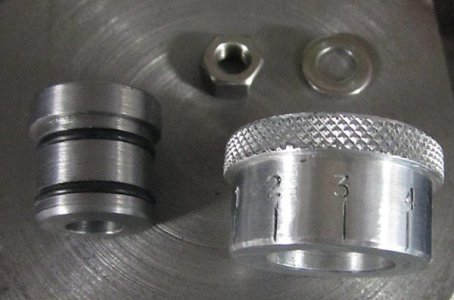
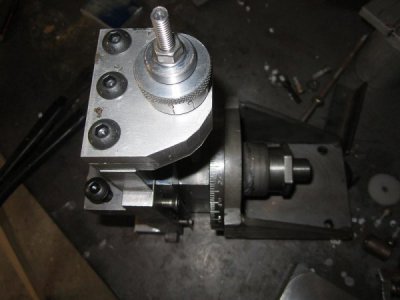
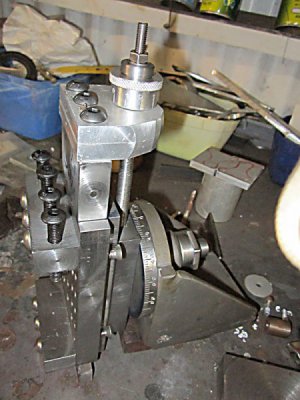
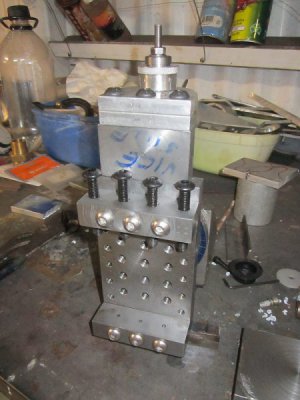
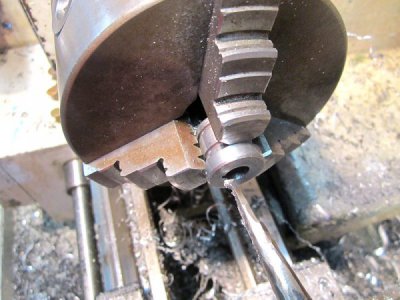
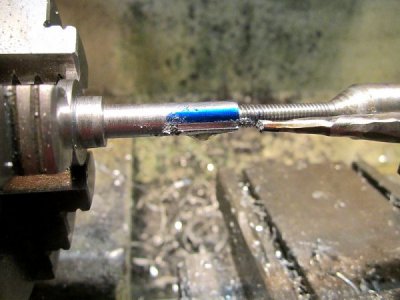
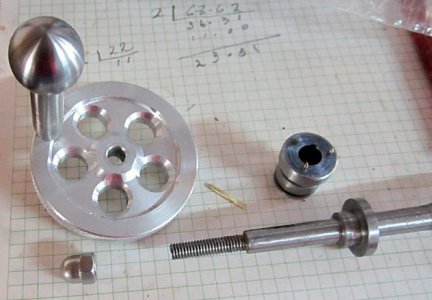
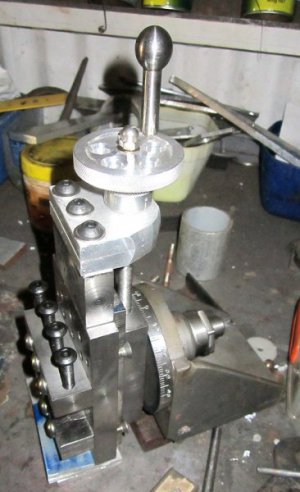
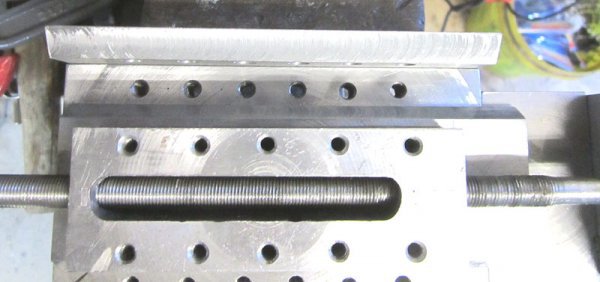

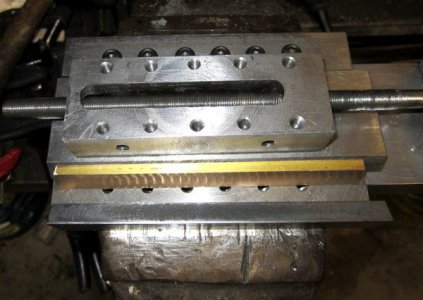
 )
)